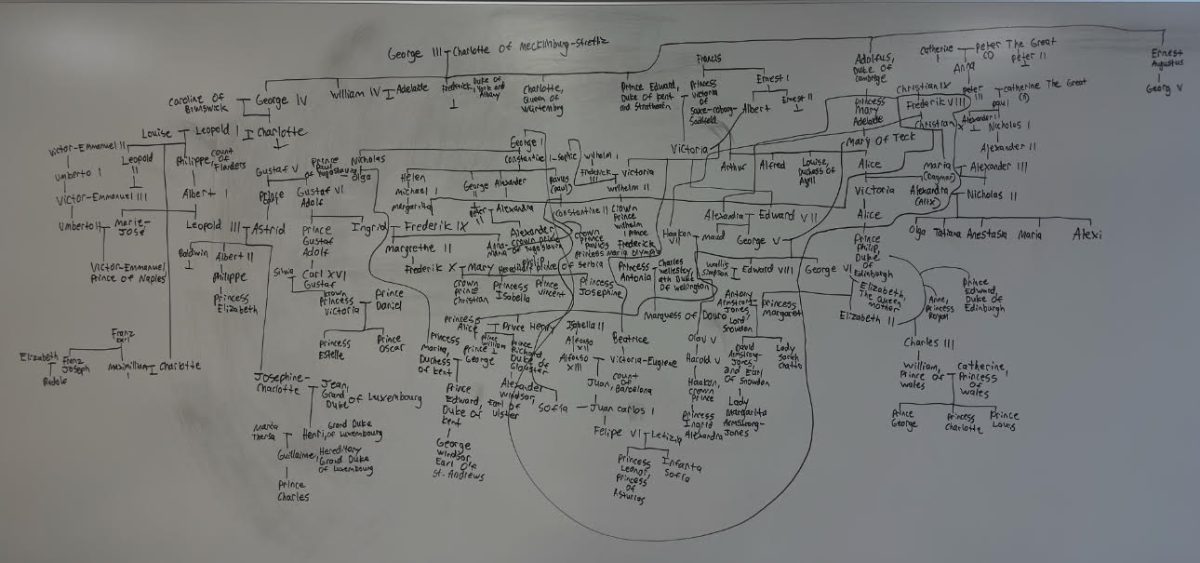In our everyday life, we experience all kinds of different emotions. We experience things like anger, joy, sadness, fear, and many other different emotions. Our emotions are a lot more complex than we think. They all come from a certain part of our brain called the limbic system. The limbic system is the part of the brain that controls our memories and our emotions. There are five parts within the limbic system: the hypothalamus, the thalamus, the hippocampus, the pituitary gland, and the amygdala. Each of these parts has its function.
We can start with the hypothalamus, the part of the brain that’s placed near the pituitary gland and the ventricle, whose function is to help regulate things within the body, such as internal balance (body temperature, thirst and hunger, and sleep cycles), control the pituitary gland (regulating our hormones, metabolism, and stress response), influence the autonomic nervous system (heart/respiratory rate and digestion), and our regulate behavior relating to aggression and feeding. The hypothalamus is also involved with the autonomic nervous system, helping to regulate it.
The thalamus works as a relay station; it processes and transmits information like touch, sight, and hearing. It also helps regulate our sleep habits, consciousness, and alertness. It coordinates information from different parts of the brain, contributing to certain functions like motor control, perception, and emotional responses. The thalamus also plays a role when dealing with our memory. Since it is connected with the hippocampus, its connection helps to bring together new information and recall our memories. Their interactions are a key structure for forming memories. Since the thalamus is a processor of sensory information, the fact that it relays the sensory inputs into the cortex can create a comprehensive experience, which is stored in our memories. It also interacts with the amygdala, a center for processing emotions. Relaying the sensory information related to emotions, the thalamus can help us “shape” our emotional response.
The hippocampus is primarily associated with memory information and spatial navigation, playing an important role in converting short-term memories into longer ones. Along with dealing with memories, the hippocampus can help link our emotional experiences to our memories. Like the thalamus, it also interacts with the amygdala, which helps process fear and pleasure. That means that it can link those emotions to our memories whenever we go through something traumatic or joyful. With the help of past emotional responses, it can help us understand the context of emotional situations and help us respond appropriately.
The pituitary gland is a small endocrine gland that plays a role in regulating our hormone functions and maintaining homeostasis. It can also release hormones. Some can include the adrenocorticotropic hormone, prolactin, and oxytocin. It also interacts with the hypothalamus to help modulate our emotions and behavioral responses. The pituitary gland also has an impact on our mental health; since it produces hormones, it can contribute to anxiety, depression, and stress. The hypothalamus will give signals to the pituitary gland to release a hormone called ACTH (adrenocorticotropic hormone), which can lead to cortisol production, influencing our mood and emotional well-being.
The amygdala also has a crucial role in processing our emotions–specifically, those relating to fear, anger, pleasure, and our survival instinct. The amygdala is central to the identification and processing of emotional stimuli, helping us to recognize emotions such as aggression or fear in others and help us have an appropriate response. Also dealing with memory, the amygdala interacts with the hippocampus to help form emotional memories, making it more vivid and easier to recall what happened in those events. It also plays a role in influencing our social behavior because it analyzes social cues, emotional context, and how we respond to others. However, the amygdala is involved with multiple emotional disorders like anxiety, depression, and PTSD. If there is too much going on, it can lead to heightened emotional responses, while too little activity can lead to numbness.
Bringing our attention back to emotions, neurotransmitters are chemical messengers that help us to receive those emotions. They also play a role in communicating with the nervous system and other functions like regulating our mood, muscle movement, and cognition (mental abilities like learning, problem-solving, decision-making, and more). The neurotransmitters are released in a space called the synaptic cleft. They cling and bond to the surface of the neuron closest to it. This can either stimulate or slow down the activity of the neuron. There are over one hundred neurotransmitters in the human body. Here are eight commonly known neurotransmitters and a summary of their functions, what they can help regulate within the human body, and which emotions they contribute:
- Adrenaline is a part of our fight or flight response. It is triggered when we feel like we’re stressed or in danger. It could also be used to treat severe allergic reactions and cardiac arrest. The emotions it contributes to are fear, excitement, anxiety, aggression, and euphoria.
- Noradrenaline is mainly involved with our attention, our response actions, and the fight-or-flight response. It also helps regulate our mood. Like adrenaline, noradrenaline can cause you to feel excited or make you have anxiety, but it can also make you feel motivation, stress, and alertness. It can help you to regulate your mood.
- Dopamine is used for reward, motivation, and pleasure. It helps regulate our movement and emotional responses. The emotions tied to dopamine are pleasure, happiness, excitement, and euphoria. It can also make us feel rewarded or motivated.
- Serotonin is linked to feelings of well-being and happiness. It helps to regulate our mood, sleep, appetite, and digestion. Serotonin has the same emotions as dopamine, but the main difference between them is that serotonin uses these emotions to help regulate our emotions.
- GABA is the main inhibitory neurotransmitter in the brain. It helps to reduce neuronal excitability and maintain balance within the nervous system. GABA allows us to feel emotions like calmness, contentment, and sleepiness. It also helps us to regulate our mood and reduce our anxiety.
- Acetylcholine is involved with our memory, muscle contraction, and learning. It also plays an essential role in the autonomic nervous system. Acetylcholine is tied to emotions like relaxation and alertness. It also helps us with our memory and processes things that we learn, as well as helping to enchant our attention and help regulate our mood.
- Oxytocin is both a hormone and a neurotransmitter. Sometimes called the “love/bonding hormone”, it plays a vital role in social bonding and emotional regulation. It’s often tied to emotions like love, trust, empathy, happiness, and contentment.
- Endorphins are a natural painkiller, regulating our pain and stress response. It also plays a role within the immune system, helping us to cope with stress and enhancing our mood. The emotions that it triggers include relaxation, happiness, and euphoria.












